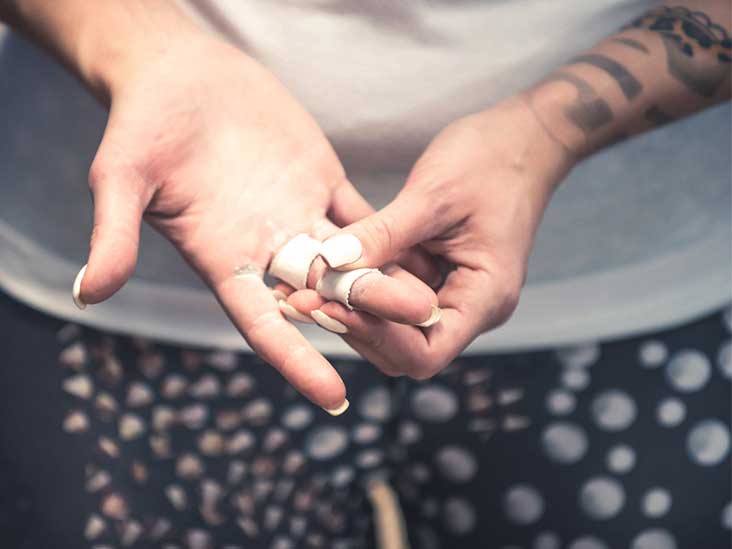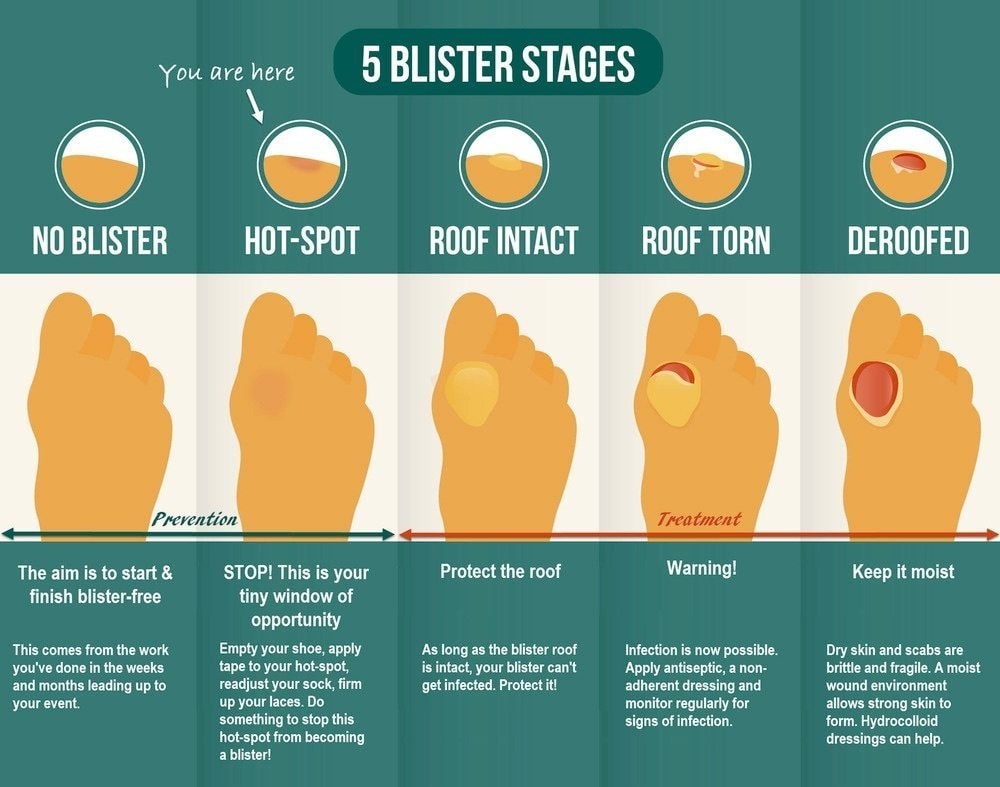Wonderful Info About How To Cure Blood Blisters

Older research supports lysine for cold sores.
How to cure blood blisters. A blister bandage can help seal the area around the blister to protect the skin from further damage and keep the area clean. Injuries skin injuries blisters blisters are small pockets of fluid that usually form in the upper layers of skin after it’s been damaged. Try not to put pressure on the area.
Blisters are usually very tender to the touch, and pain is a. It can also form under a moist layer of tissue inside the mouth. Supplemental lysine of 1,000 mg (1 gram) taken three times daily for six months reduced the number of cold sore.
While the most common cause of toe blisters is friction, there are other. They heal because new skin forms. Leave it uncovered or cover loosely with a bandage.
First aid blisters: First aid by mayo clinic staff if a blister isn't too painful, try to keep it intact. Symptoms recognizing a blood blister is.
Treatment outlook a blood blister in your mouth happens when the blood vessels below an existing blister rupture. Blood blisters and friction blisters usually heal after one or two weeks. Change the bandage once a day or whenever it gets wet or dirty, and remove at night to let the area.
Elevate and ice your blister: One of the first steps in blood blister care is to reduce swelling by elevating the affected area as soon as possible. Blood blisters may look reddish, black, or purple.
Diseases & conditions / blisters blisters a blister is a painful skin condition where fluid fills a space between layers of skin. Blood blisters in the mouth can become uncomfortable. Use a blister bandage:
Some causes include trauma, food allergies,. For example, a blood blister on top of your toe. Blood blisters should be left alone so they can heal.
Find a pharmacy check if you have a blister. Use aloe vera gel aloe vera gel is full of antioxidants that help bring down inflammation and thus relieve the redness, pain, and swelling associated with blood. Top 5 ways to treat blood blisters frequently asked questions key.
Unbroken skin over a blister may provide a natural barrier to bacteria. Apply a thin layer of petroleum jelly and cover it with a nonstick bandage. If the blister is in a pressure.


















